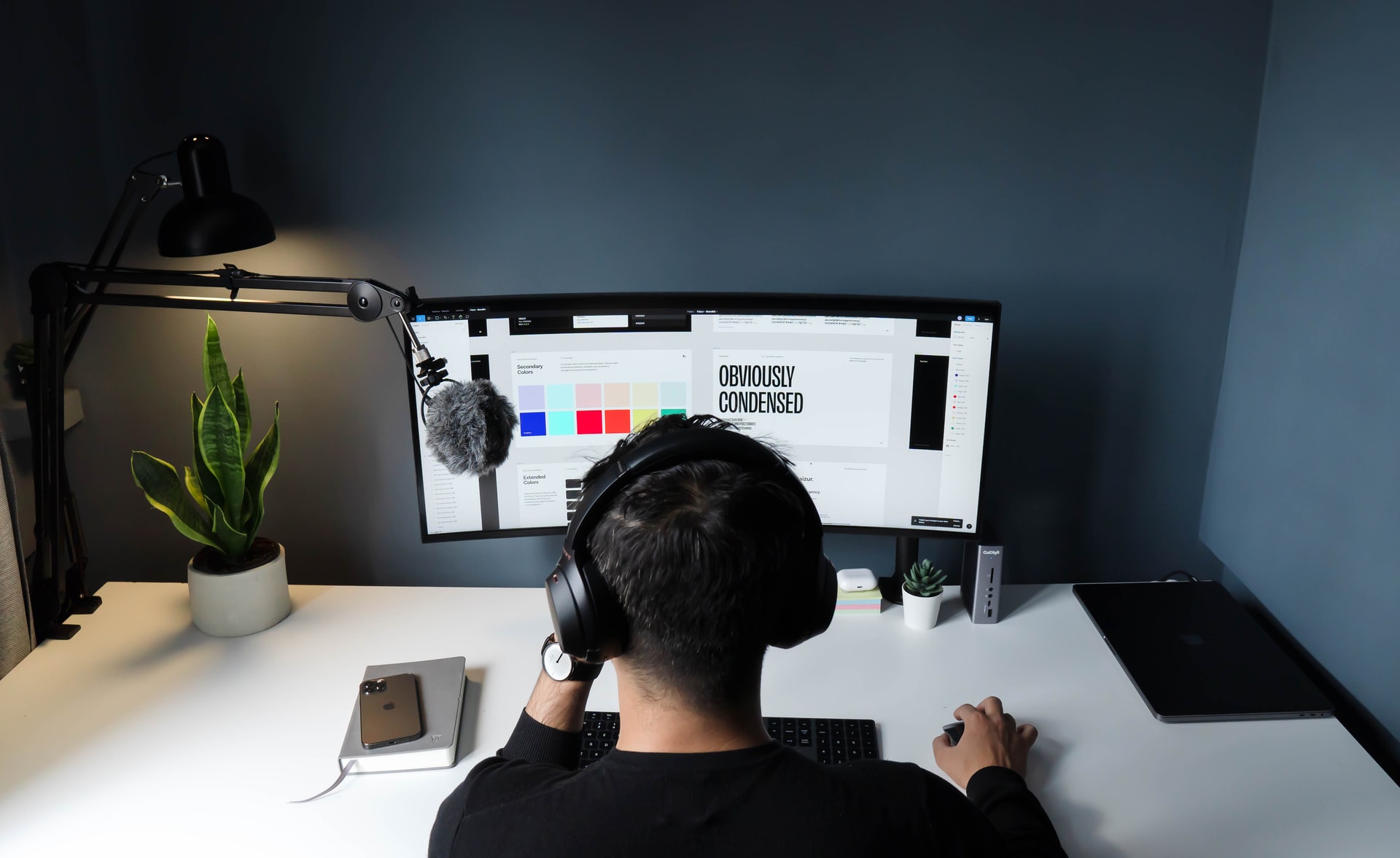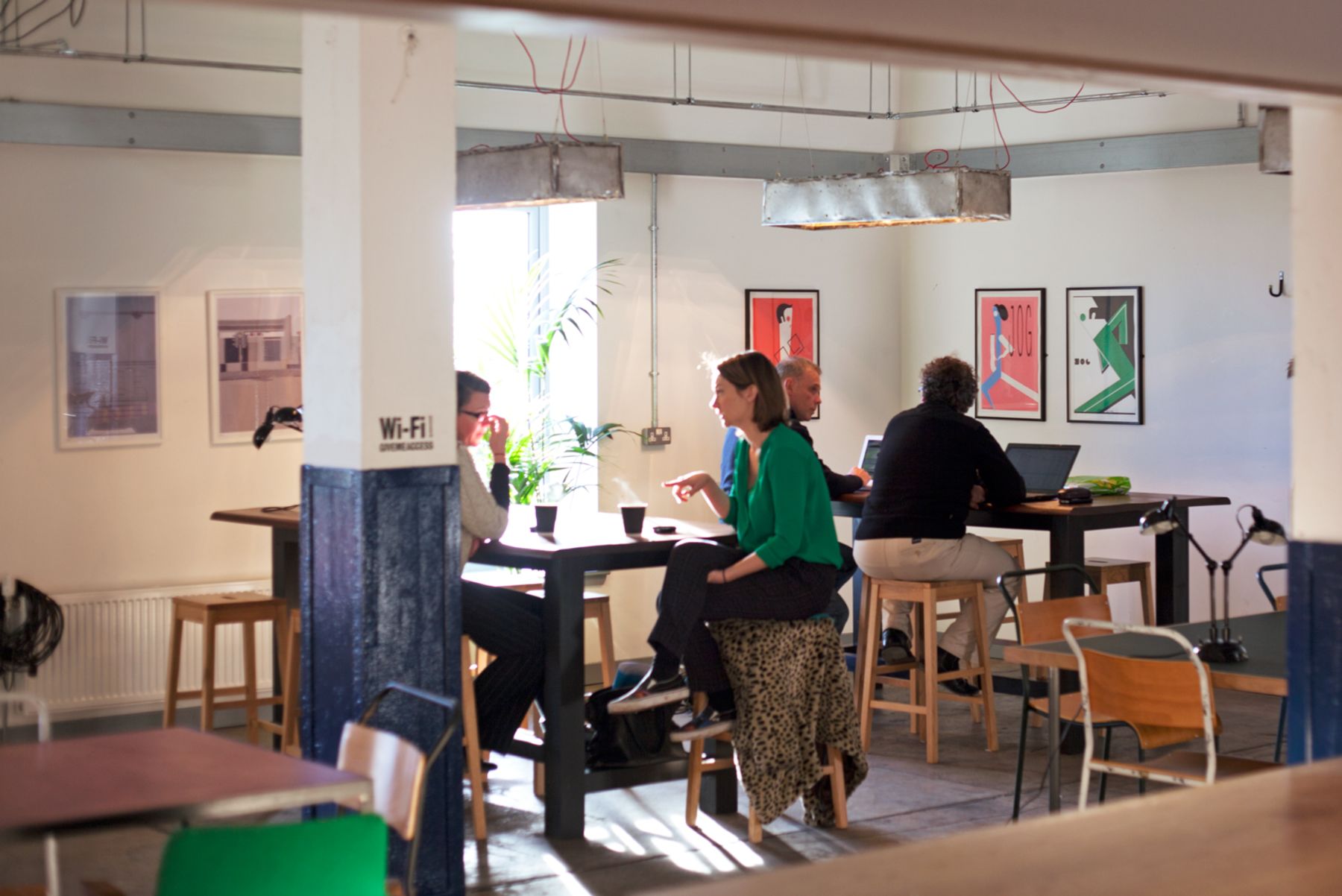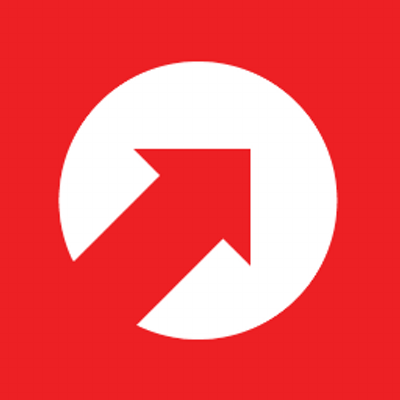(2022) Vital Graphic Design Interview Questions to Know
Ready to ace your graphic design interview? Learn these common interview questions and check out our sample answers to land your next dream design job.

Interviewing for a role in graphic design requires careful preparation to stand out from the crowd. Whether it’s the start of your career or you’re an experienced designer, learning how to format and structure your responses will give you an upper hand before you even begin.
Equally, as an employer, you want to ask the right questions, giving your candidates the opportunity to provide real-life examples where applicable, their actions, and the final result they achieved.
Today, DesignRemotely will discuss how to ace graphic design interview questions from either side of the table. Let’s take a look at some real-life examples and answers that will make you stand out from the competition.
How to answer graphic design job interview questions using the STAR method
Before we look at some example questions and answers, let’s break down how you should answer questions as a candidate.
The STAR method is an interviewing technique for answering situational questions. It’s a simple, repeatable framework that you can use to consistently overperform when asked about previous situations you’ve encountered.
The STAR technique:
- Situation
- Task
- Action
- Result
Situation
Begin your answer by providing context to the scenario, including details like when, where and any other team members you were collaborating with.
Don’t be afraid of examples where everything didn’t go to plan; these are often more insightful to new employers than day-to-day operations.
Task
Clearly describe your role and responsibilities relating to the task. Only focus on tasks and responsibilities you were assigned or involved in.
Action
This is your opportunity to highlight the route you took to complete a task or resolve a situation.
Try to showcase how you analyzed the situation and took appropriate action to resolve it. If you were a part of a team, talk about your collaborative efforts and how you worked together to achieve your goal.
Result
Wrap up your answer with a positive outcome backed by real-life examples. Try to include how your actions positively affected your client, colleagues, and employer.
Give context to how you helped, improved performance, increased sales, or improved the company you worked for. Provide real data like percentage increase in sales or how many hours of work you saved yourself or your teammates.
Let’s look over some examples of common graphic design interview questions and how to leverage the STAR method.

Casual interview with graphic designer Kat Summers.
Examples of common graphic design interview questions and answers
As a designer, you’re going to want to prepare for some common questions that might come up in your next interview, so we’ve gone ahead and created a list of the most common graphic design interview questions you could encounter.
As an employer, you might need help structuring your next set of interviews or inspiration for some of the questions you should be asking.
Check out our interview with freelance graphic designer Paul Gernetzke out of L.A for some fascinating insights into the role.
General graphic design questions
At the start of the interview, questions will normally focus on why you chose to be a graphic designer, a bit about your background, and why you feel you’re the right choice for the role.
Examples of general questions:
- What made you want to become a graphic designer?
- Tell me a bit about yourself?
- What do you think is your greatest strength as a designer?
- What is your greatest career achievement to date?
- Which graphic design software do you use?
Open-ended questions can be tricky to answer but act as an opportunity for interviewers to get to know you. Explain what a good match you are, why your experience is relevant to the role, and how passionate you are about your career.
Here’s an example Q and A that applies all the points above:
Question: Tell me a bit about yourself?
Answer:
I’ve been a graphic designer for three years now. For the last year, I’ve been working on a range of digital assets for an exciting new eco-gifts brand. They offer a huge range of products, and each project requires its own unique look.
I created call-to-action banners for each product category page and collaborated with the e-commerce team to display their best-selling products on each banner. After just 30 days, this increased sales by 9% across the website.
Notice how the structure of the response falls in line with the STAR method we discussed earlier?
We described the situation (developing digital assets for an up-and-coming soap brand), task (create digital assets to be used on their website), action (worked with external teams to identify the best possible course of action), and **result (**a 9% increase in sales after 30 days).
Reserve one or two general questions to your memory, these normally always come at the start of an interview, and a predetermined response can help deal with interview jitters and keep you on track for the next stage.
Questions about your experience
Potential employers need to know about your education, previous roles, and other ways you upskill yourself outside of your day-to-day work.
Examples of questions about your graphic design experience:
- Do you have any relevant work experience?
- Do you work on your skills outside of your work hours?
- Do you normally work in a team or by yourself?
- Tell us about your creative process?
- Tell us about your education?
This form of questioning helps clarify past experience to your employers and highlight how you develop your professional skills outside of work.
Here’s a Q and A example of a question about your graphic design experience:
Question: Do you normally work in a team or by yourself?
Answer:
In my previous graphic design role, I worked with three other designers to rebrand a national pest removal brand. We needed to redesign their logo, website, and marketing material for a modern market.
We worked collaboratively, and I opted to open up a line of communication with the brand's marketing team to identify their customer demographic and cater our design work to their target market. Twelve months after the rebrand, the number of leads increased by 30%, and conversions increased by 45%.
We detailed the situation (working with team members rebranding a national pest removal brand), task (redesign their logo, website, and marketing material), action (collaboration with team members and opening up a line of communication to strive for better results), and result (leads increased 30% and conversions increased 45%).
This response positions you as a team player with individual initiative, essentially ticking both boxes with ease. Remember, if you haven’t got any experience working in a team, you can use examples from outside of your work life like volunteering or charitable work.
Questions about specific scenarios
These questions are to understand how you react and behave in different scenarios. They give interviewers insight into how you might behave when faced with challenges and obstacles.
Examples of questions about challenges you’ve faced in graphic design:
- Have you ever had to deal with a difficult client?
- Have you ever received negative feedback?
- You’ve been working on a project for a month, and the client requests a concept change a week before the end of the project; what would you do?
- Tell us about an obstacle you’ve encountered in your work and how you overcame it?
- Can you tell us about a scenario where you had to use your communication skills to resolve an issue?
These questions are designed to show potential employers how you deal with unexpected scenarios you may come across during work. These situations often reveal how you deal with pressure and overcome it.
Here’s a Q and A example of a question about a specific scenario:
Question: Have you ever received negative feedback?
Answer:
During a recent project for a large SaaS brand, I was tasked with creating four digital assets for their social media campaign. Two days before the end of the project, their head of marketing provided feedback that he felt the designs did not fit their target audience.
I took the time to organize a video call with the manager to discuss these concerns face to face. We talked over the elements of the design they felt were incongruent with their audience and identified some small changes that could rectify the issue. I completed the changes, and the marketing manager at the SaaS brand messaged our agency’s CEO to complement my collaboration and flexibility under pressure.
We highlighted the situation (creating assets for a social campaign), task (resolve the manager's design concerns), action (organize face-to-face communication to identify and resolve the issue), and result (only minimal work required and fantastic feedback from the client).
Issues you encounter while working are present in all graphic design roles, so try to prepare at least one scenario ahead of time and take the time to reserve it to memory.
Questions to ask in a graphic design interview
As a candidate, you will often be asked if you have any questions as the interview comes to an end. This provides you with the perfect opportunity to display your knowledge about the company you want to work for.
Ask questions that indicate a deep understanding of their business and operations but relate to your new role and responsibilities. According to a recent study, 47% of employers don’t give jobs to interviewees with no company knowledge.
Find a Graphic Design Job with DesignRemotely
Today, we’ve gone over some of the most common graphic design interview questions and how to answer them.
Remember, interviews are designed to get a feel for your personality, skill set, and experience. By utilizing the tips we’ve gone over and answering your questions using the STAR framework, you’ll be on your way to landing the graphic design job of your dreams!
Now that you’re fully equipped for your next interview with a simple, repeatable system, why not head over to the graphic design section of our job board to find your perfect role!
More from our blog
Get new remote jobs in your inbox for free
Latest jobs, interviews, articles and resources for Remote Designers sent to your inbox weekly.
We care about the protection of your data. Read our Privacy Policy.
Latest Jobs
- 10up
 Lead UX DesignerUnited States • Full-time
Lead UX DesignerUnited States • Full-time  Staff Product Designer, Organic for BusinessUnited States • Full-time$83,500 - $275,300
Staff Product Designer, Organic for BusinessUnited States • Full-time$83,500 - $275,300- Technovation
 Graphic DesignerUnited States • Full-time$60,000 - $65,000
Graphic DesignerUnited States • Full-time$60,000 - $65,000 - Mozilla
 VP, Product & Design, PocketUnited States • Full-time
VP, Product & Design, PocketUnited States • Full-time - OddballUX DesignerUnited States • Full-time
